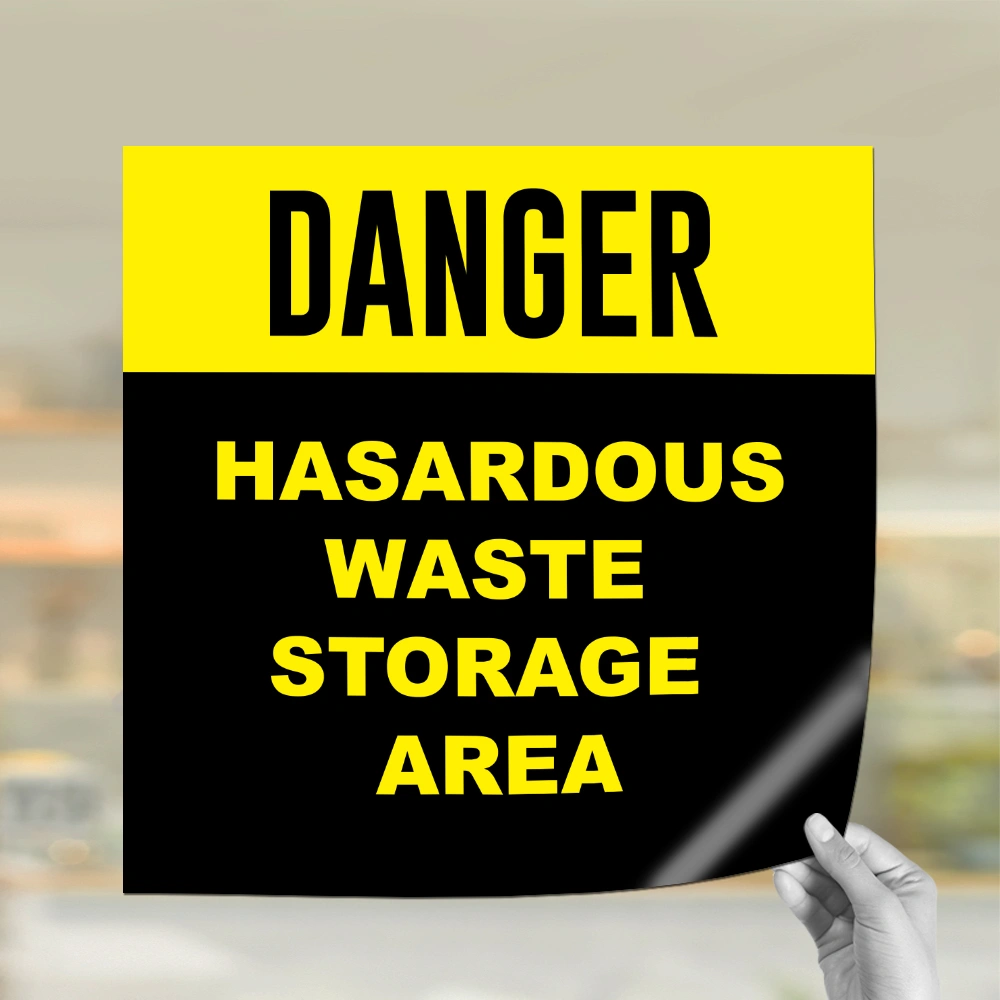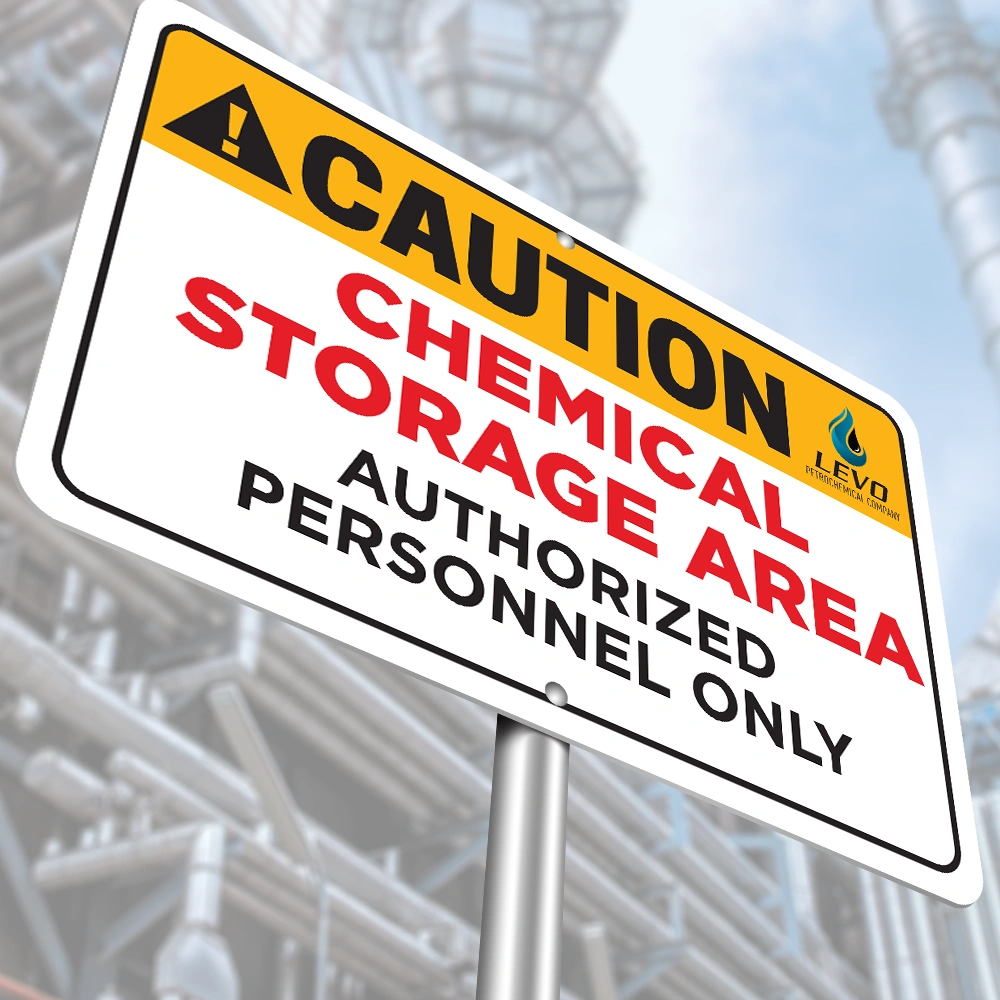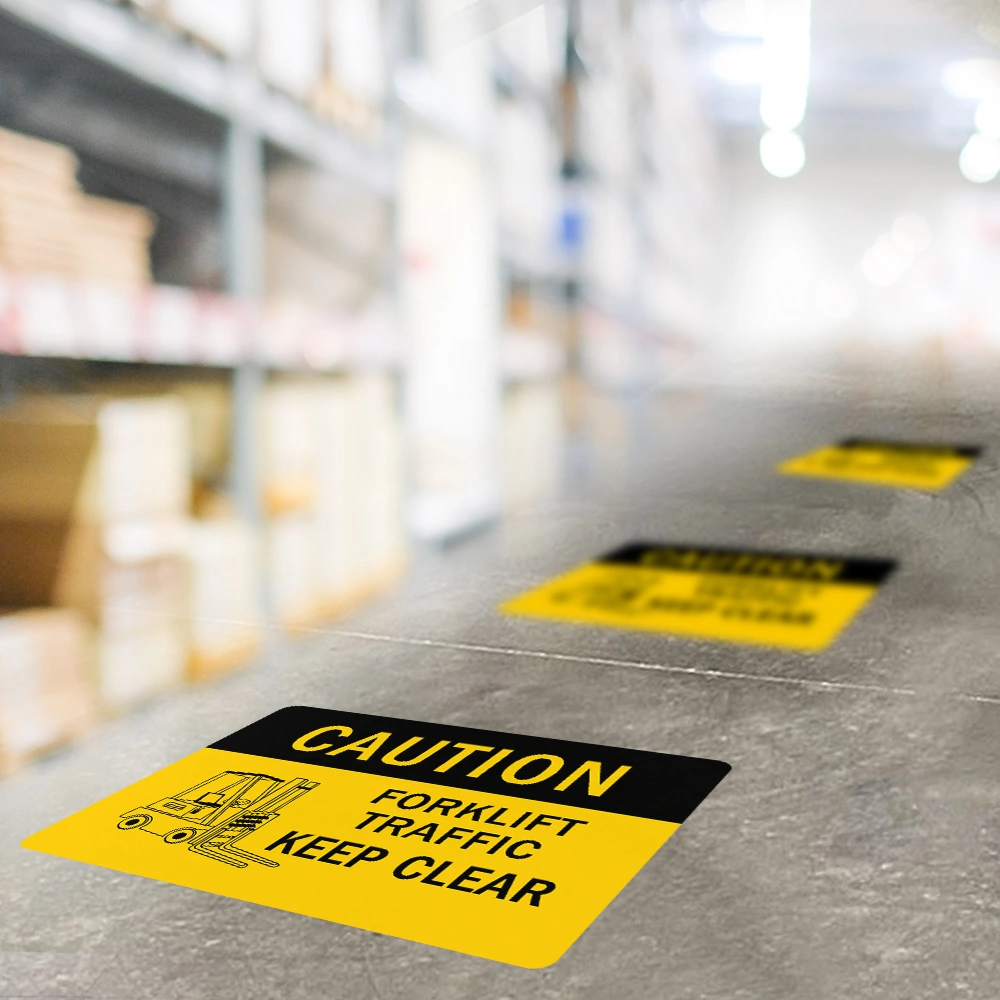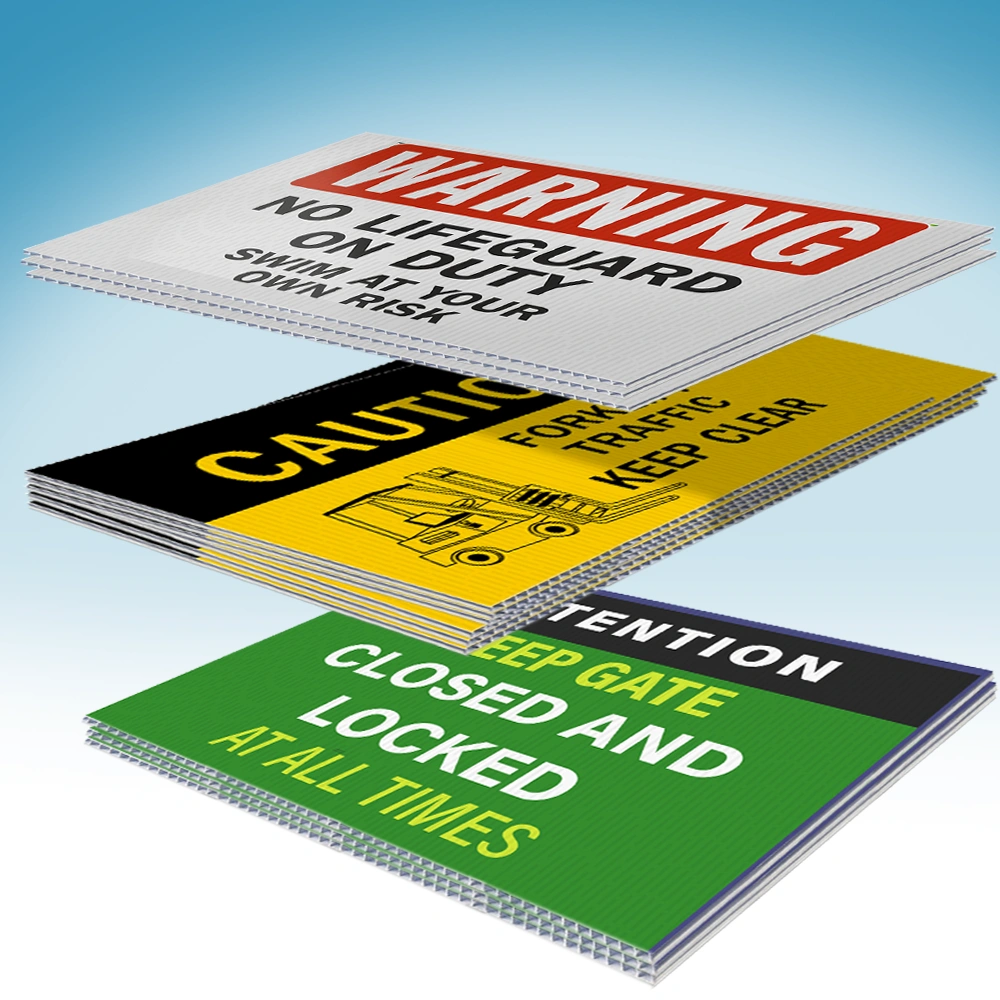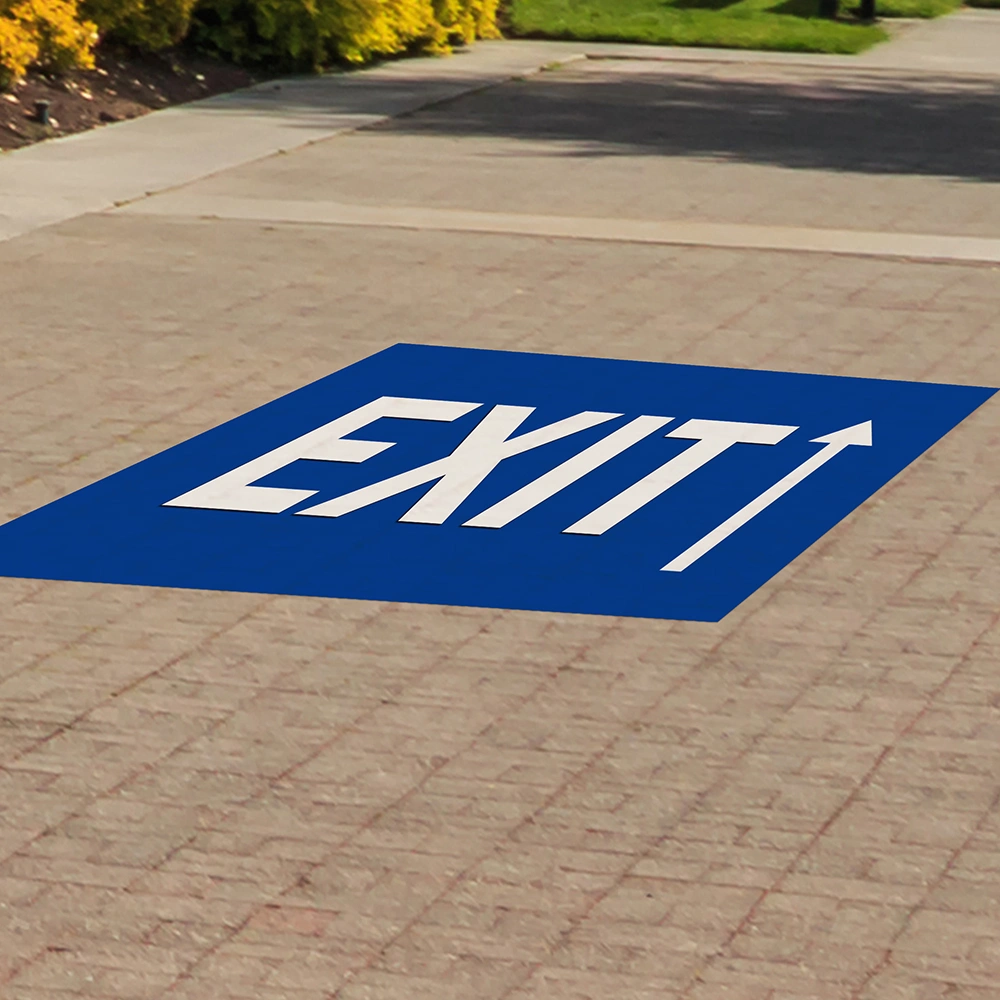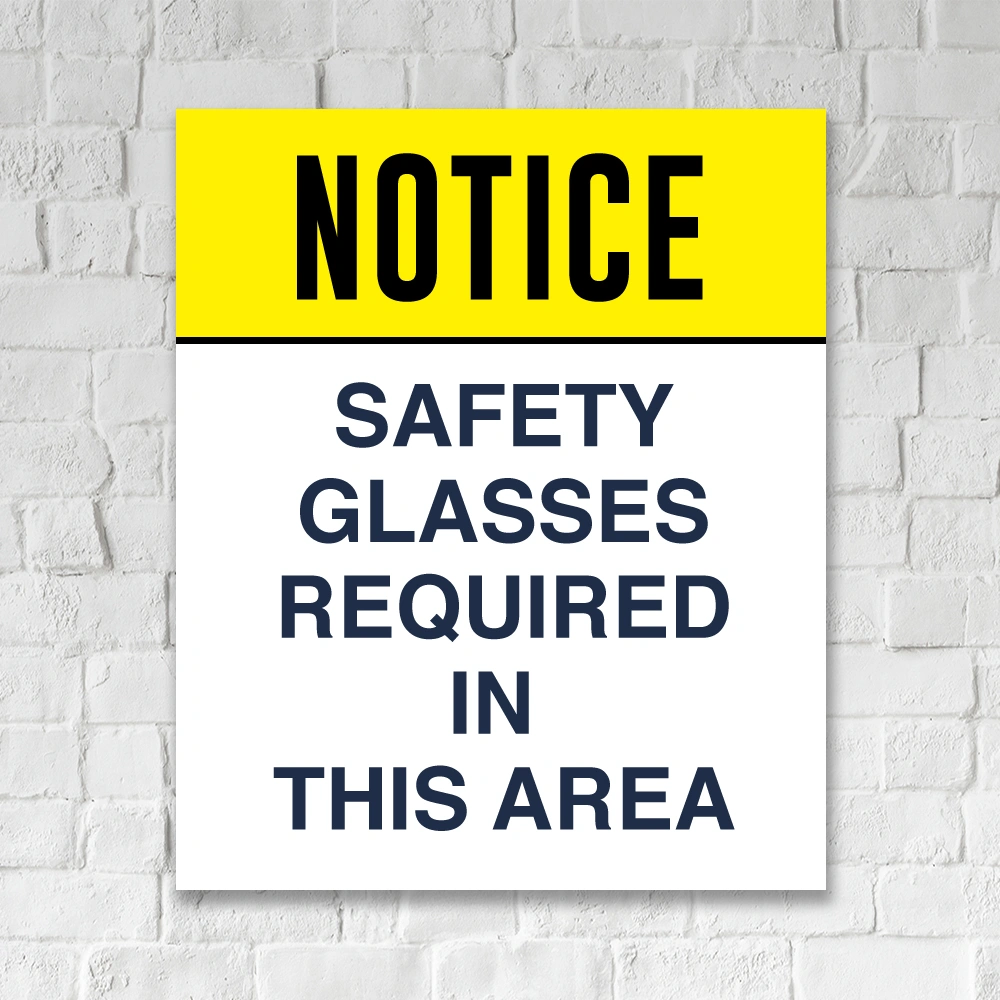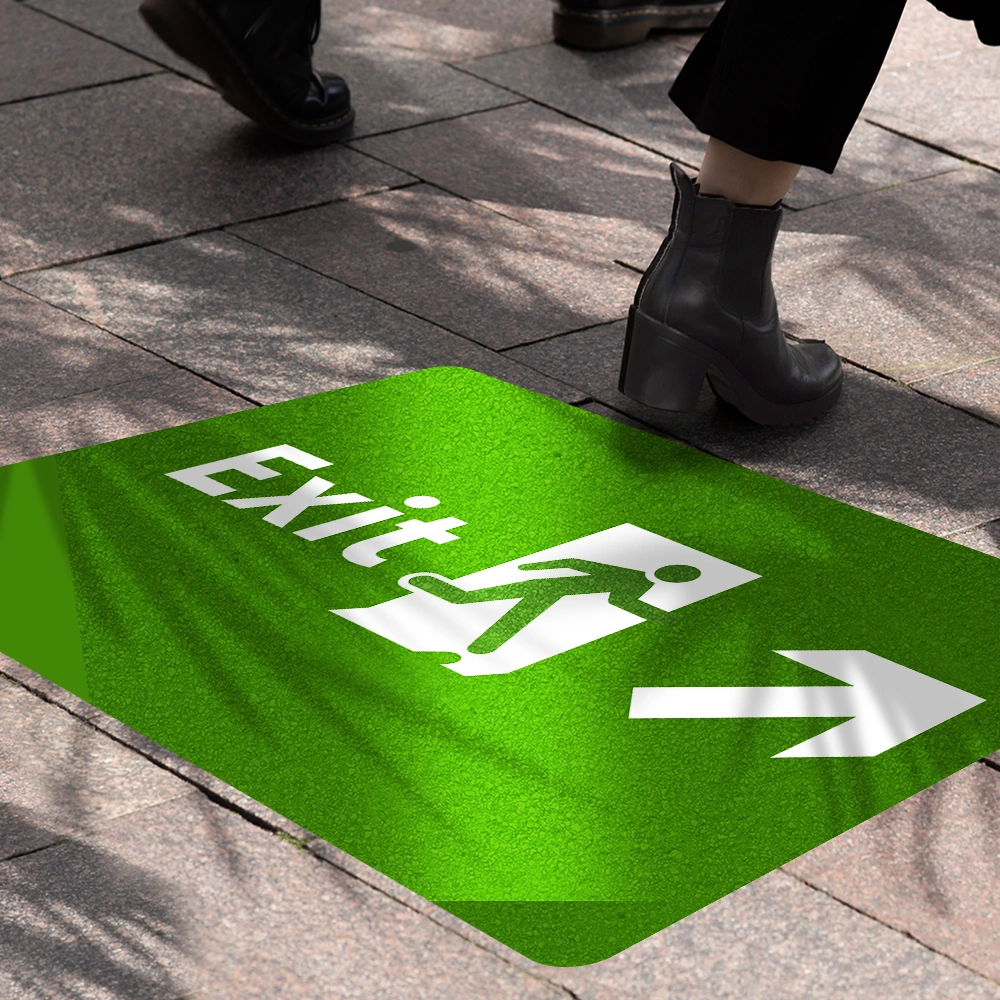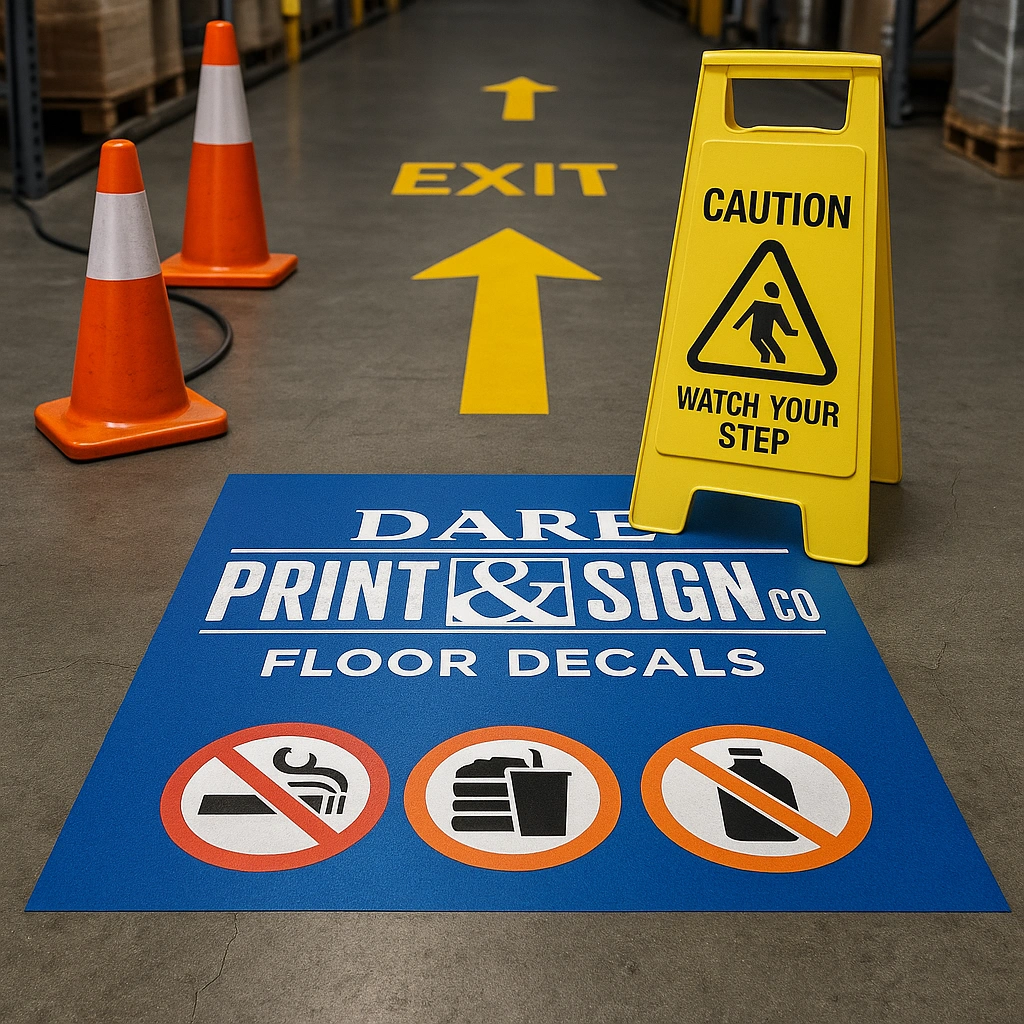 When identifying a company’s most valuable assets, it's common to think of equipment or products. But in reality, no operation can thrive without its employees. That’s why prioritizing workplace safety is essential to a successful business.
When identifying a company’s most valuable assets, it's common to think of equipment or products. But in reality, no operation can thrive without its employees. That’s why prioritizing workplace safety is essential to a successful business.
Workplace safety signage is a vital component of injury prevention and compliance. From OSHA-compliant warnings to informative directional signs, these tools keep employees, customers, and visitors informed, protected, and confident in their surroundings. Proper safety signs reduce liability, improve workflow, and ensure that everyone knows how to navigate and respond to risks.
Most accidents are preventable when hazards are clearly marked. Helping your customers choose the right signage starts with understanding their environment and applicable safety regulations.
What Safety Signs Are Required?
The Occupational Safety and Health Administration (OSHA) and the American National Standards Institute (ANSI) are the primary authorities for workplace safety signage in the U.S. These agencies define color codes, fonts, and usage standards based on risk severity, categorizing signs into:
- DANGER – Immediate risk that will result in death or serious injury
- WARNING – Hazard that could cause death or serious injury
- CAUTION – Situations that may result in minor or moderate injury
Always verify compliance regarding sign placement, color contrast, legibility, and material durability to meet federal and state requirements.
Danger Signs
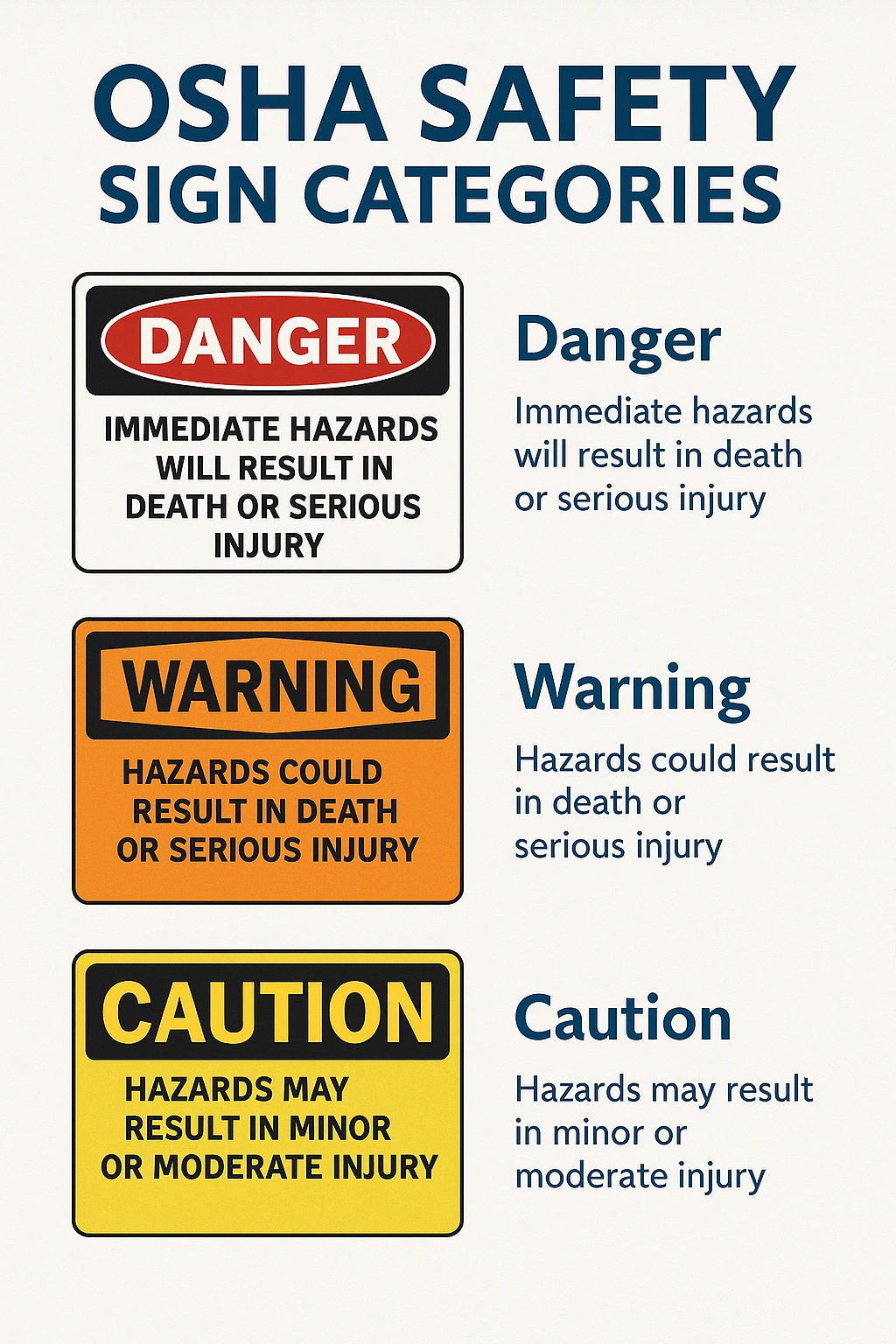 Used in areas with the highest hazard level, danger signs must be taken seriously. OSHA mandates their use when an immediate threat exists and injury or death is likely if the hazard is not avoided. These signs typically use red, black, and white for maximum visibility.
Used in areas with the highest hazard level, danger signs must be taken seriously. OSHA mandates their use when an immediate threat exists and injury or death is likely if the hazard is not avoided. These signs typically use red, black, and white for maximum visibility.
Examples include:
- “High Voltage”
- “Hazardous Chemicals”
- “Open Excavation”
- “Fall Hazard”
Warning Signs
Warning signs represent the second-highest hazard level. These signs alert employees to potential risks that could result in serious injury or death. They typically use an orange background with black text and symbols.
Examples include:
- “Hot Surface – Do Not Touch”
- “Hand Protection Required”
- “Eye Protection Required”
Caution Signs
Caution signs are designed for less severe risks—those that could lead to minor or moderate injury. They typically feature yellow backgrounds with black text and are useful for communicating unsafe practices or conditions that need attention.
Examples include:
- “Watch Your Step”
- “Floor Slippery When Wet”
- “High Noise Area”
Beyond these OSHA-required categories, other signage types—like directional, prohibition, and notice signs—enhance safety and improve facility operations.
Directional Signage
Directional signs help guide people through a facility safely. Whether marking emergency exits, evacuation routes, or equipment paths, these signs promote efficiency, reduce confusion, and keep both employees and visitors safe in high-traffic or high-risk zones.
Prohibition Signage
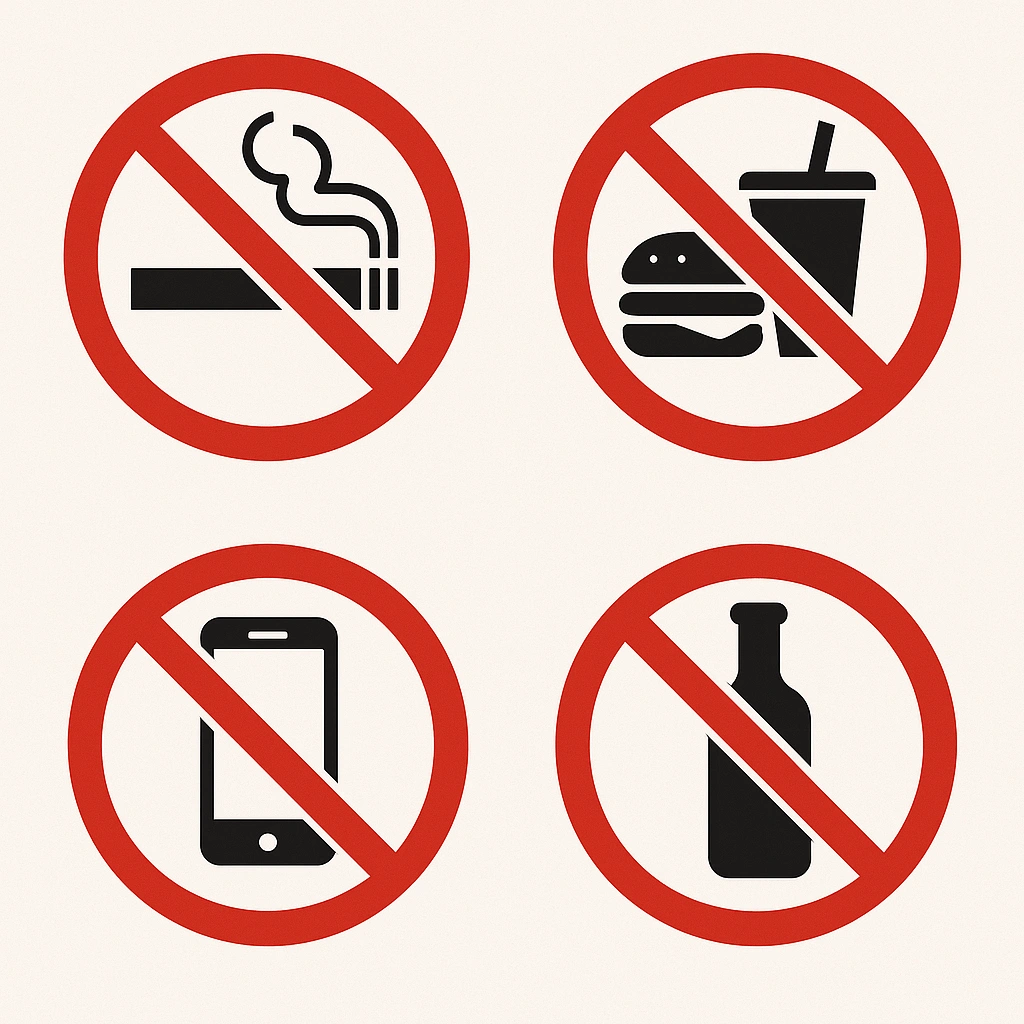 Prohibition signs communicate what is not allowed in a specific area. Usually represented with a red circle and diagonal slash, these signs help prevent hazardous behavior and reinforce company policies.
Prohibition signs communicate what is not allowed in a specific area. Usually represented with a red circle and diagonal slash, these signs help prevent hazardous behavior and reinforce company policies.
Common examples include:
- “No Smoking”
- “No Food or Drink”
- “No Cell Phone Use”
- “No Glass Containers”
Notice Signage
Notice signs are used to relay general safety information, policies, or facility rules that apply in specific zones. These signs are typically blue and white and are not associated with a specific hazard but still promote workplace safety and organization.
Examples include:
- “All Employees Must Wash Hands Before Returning to Work”
- “All Visitors Must Sign In”
- “This Area is Under Video Surveillance”
Custom Safety Signage from DARE Print & Sign Co.
 DARE Print & Sign Co. offers OSHA-compliant, durable safety signage solutions tailored to your customer's e
DARE Print & Sign Co. offers OSHA-compliant, durable safety signage solutions tailored to your customer's e
nvironment. From factory floors to office buildings, our signs are designed to improve safety and meet industry regulations.
Explore our most popular products:
- High-Tack Adhesive Vinyl
Ideal for permanent placement in high-risk areas, both indoors and outdoors. - Aluminum Sandwich Boards
Versatile and professional signage for rooms, stairwells, exits, and more. - Sidewalk Signs
A mobile solution perfect for temporary notices or outdoor alerts. - Floor Graphics
Durable, slip-resistant graphics for high-traffic areas and safety zones. - Aluminum Heavy-Duty .080” Signs
Engineered for extreme durability—ideal for industrial sites and parking areas.
Why Safety Signage Matters
Partnering with DARE Print & Sign Co. helps your customers demonstrate a commitment to workplace safety and compliance. Beyond legal requirements, the presence of clear, effective signage increases employee morale, builds consumer trust, and creates a secure environment where people feel protected.
Need to promote your own safety offerings or celebrate National Safety Month? Learn more at the National Safety Council.
Helpful Safety Resources
- OSHA – Occupational Safety and Health Administration: https://www.osha.gov/
- National Safety Council – National Safety Month: https://www.nsc.org/workplace/national-safety-month

